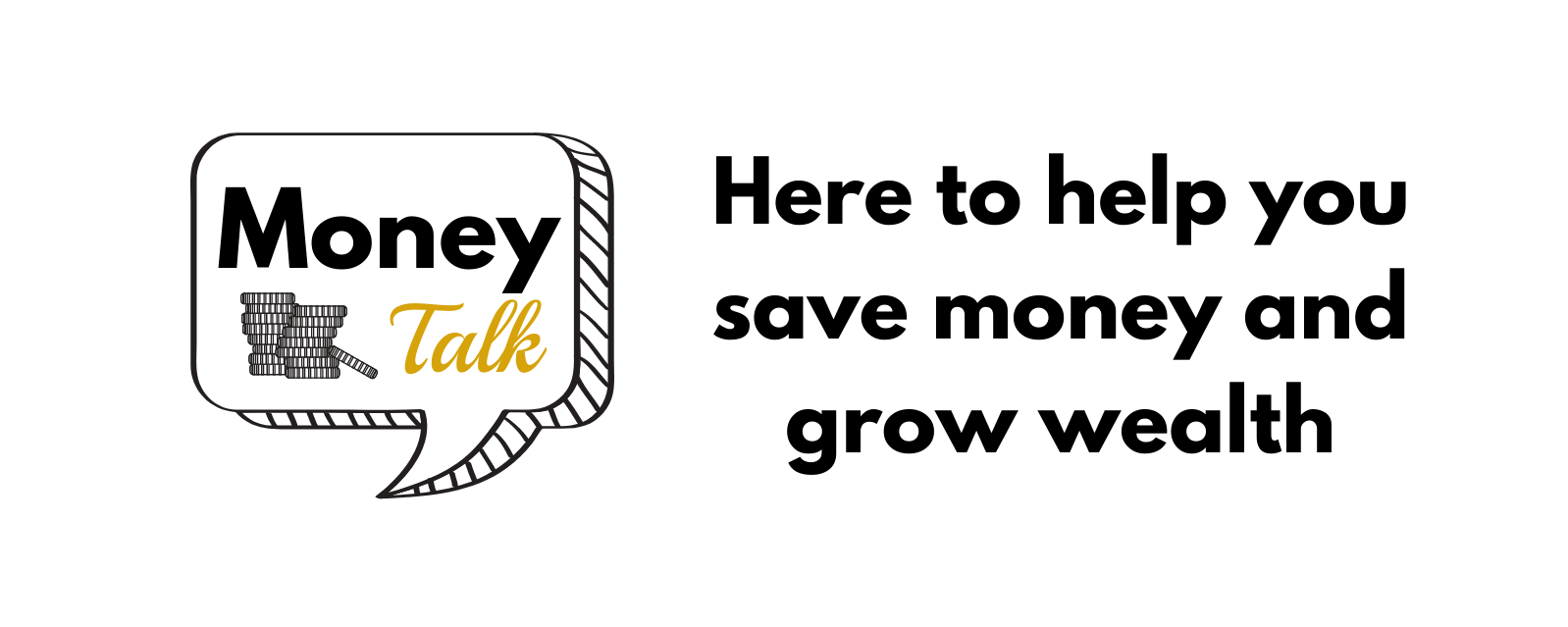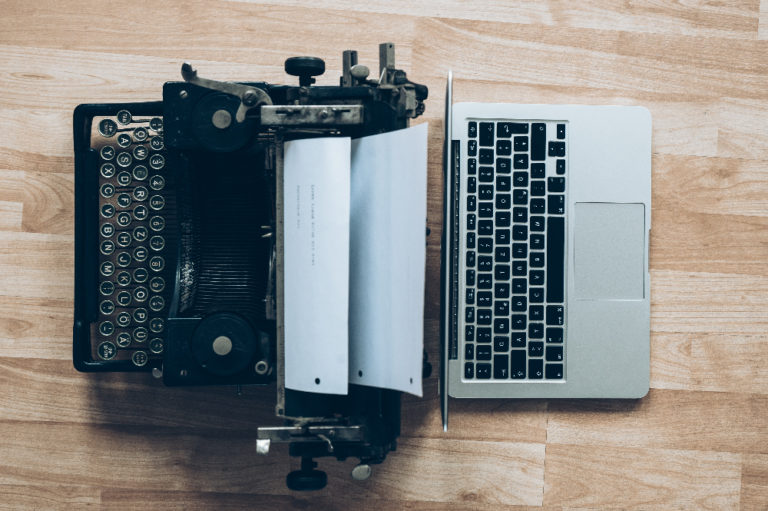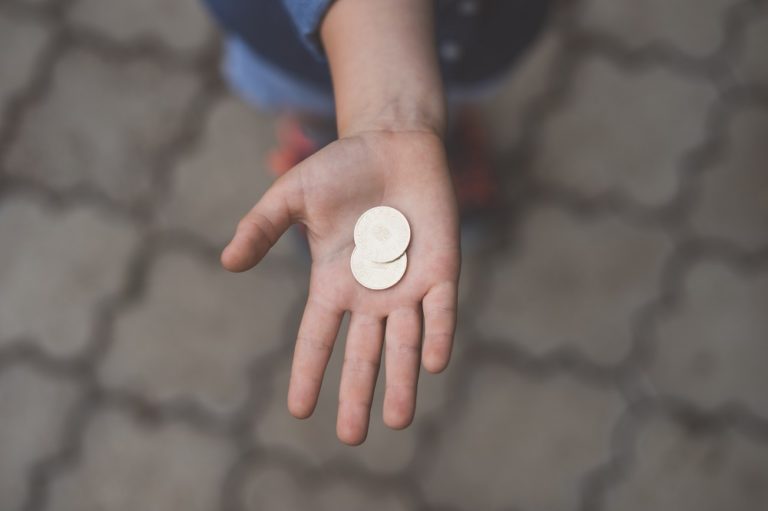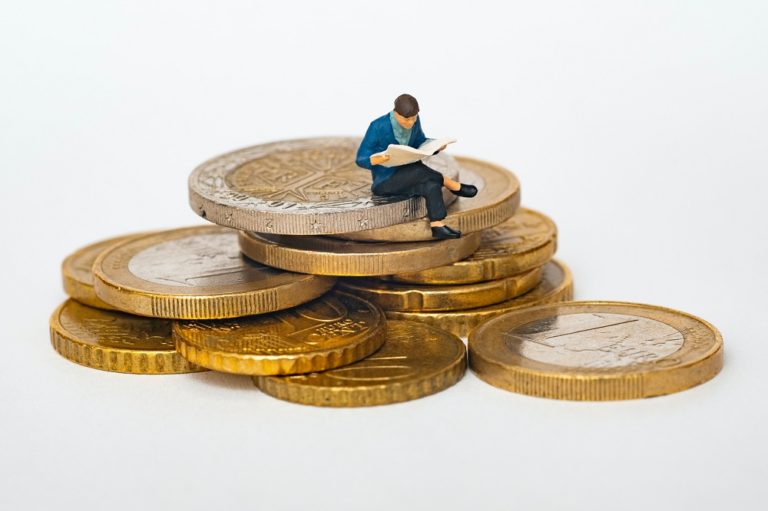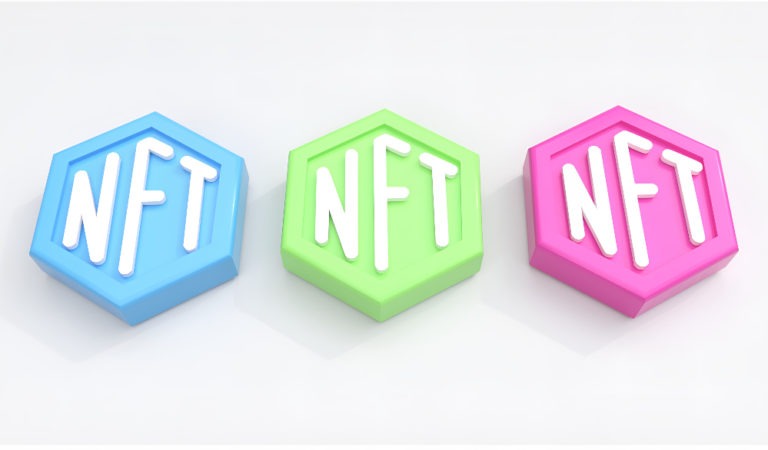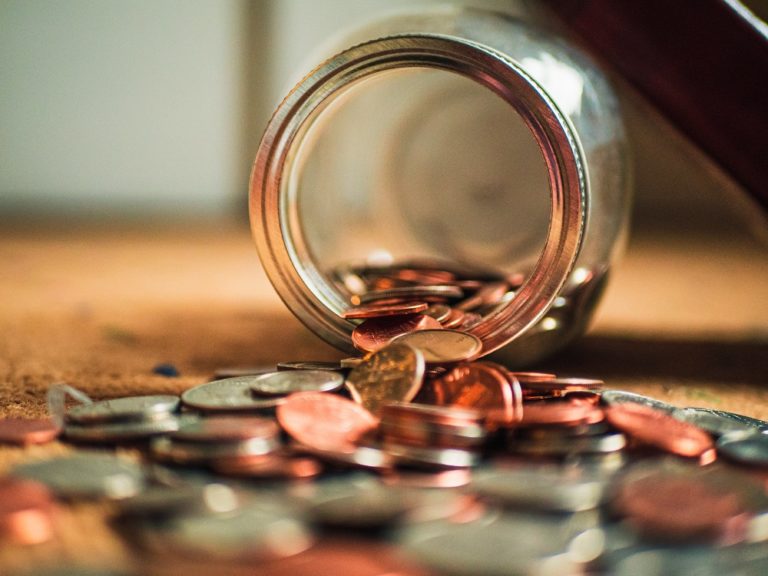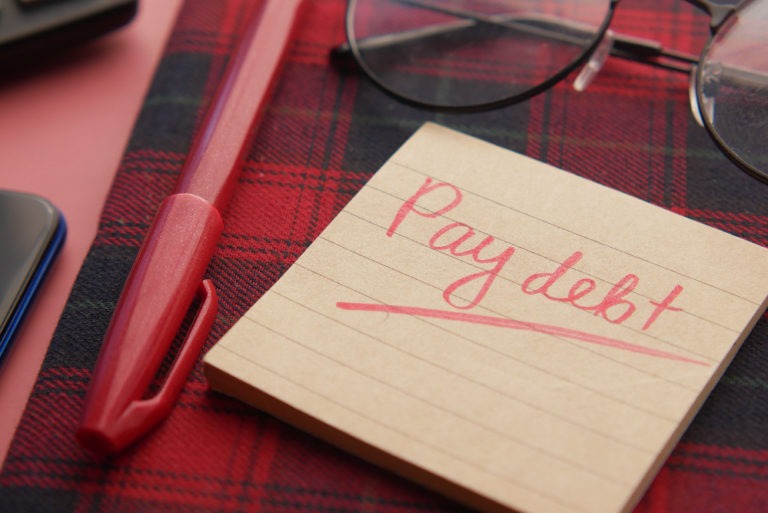Bankruptcy, IVA or debt relief order: Which is best?
Money Talk is intended to inform and educate; it's not financial advice. Affiliate links, including from Amazon, are used to help fund the site. If you make a purchase via a link marked with an *, Money Talk might receive a commission at no cost to you. Find out more here.
Going to a debt charity for help should be one of the first things you do if you’re struggling with problem debt.
They can offer tailored debt advice, and point you towards debt management products that work for you.
What if the amount of debt you owe is simply too much?
The answer may well be insolvency, which effectively wipes the slate clean.
In the UK, you have three insolvency options – bankruptcy, individual voluntary arrangement (IVA) and debt relief order – with different implications for each one.
Before you decide which route to go down, you should obviously talk to a debt adviser to see which option might be right for you.
In some cases, you may not even need to become insolvent.
How bankruptcy works
“Bankruptcy – which everyone’s heard of – sounds scary. But if you owe a lot of money, it can be the fastest and easiest way to get a clean start from all of your debts,” says Sara Williams, who writes the Debt Camel blog.
“You could literally apply online now, and it would take you an hour perhaps to fill out the bankruptcy application form, and you could be bankrupt in three to four weeks’ time.”
You’ll have to pay a £680 fee to declare yourself bankrupt, and be placed under bankruptcy restrictions for 12 months, although exactly what’s required can differ from case to case.
In general, a specialist will have control over your money and any assets you own during the bankruptcy period.
The things you own, including your home, may be sold off to pay for your debts.
And if you have spare cash from your income, this may also be used towards paying off your debt.
Your bank account will be frozen as soon as bankruptcy is declared, so Citizens Advice recommends that you withdraw enough money to live on for several weeks before you apply.
They have a handy timeline that explains how it all works.
After 12 months, you should be automatically released from bankruptcy and will be free from most of your debts.
Pros and cons of bankruptcy
Bankruptcy is fast and easy but it can have serious consequences.
It can in some cases affect your career, as you’re legally banned from certain professions if you’re declared bankrupt.
Williams says it should only be taken up in cases where the situation is “totally hopeless”. Even if you think that’s you, you should go to a debt adviser first.
How individual voluntary arrangements work
An IVA is quite similar to a debt management plan, and takes a month or two to set up.
You basically pay a fee to draw up a long term contract with your creditors through a registered insolvency practitioner.
At least 75% of your creditors have to agree to it for it to go ahead.
During the contract, you promise to pay off a certain amount each month or a lump sum.
The insolvency practitioner takes a fee from this money and then redistributes the rest to your creditors.
The arrangement typically lasts five or six years, after which the remaining balance of your debt is wiped clean.
Pros and cons of an individual voluntary arrangements
An individual voluntary arrangement is the most frequently advertised insolvency method, which Williams says is a “big big problem in this country”.
The reason is that it can be quite a lucrative gig for the insolvency practitioner because of the fee they charge, which varies from provider to provider.
It’s less restrictive than bankruptcy, which might suit some people better.
You can still be the director of a company and have some control over your money, for example, and you can hold onto valuable assets such as your home.
However, it can end up costing you more in the long run.
Debt relief orders
Debt relief orders (DROs) are similar to bankruptcy, but it’s for a smaller amount of money.
It usually takes two to three months to set up, and must be done by an authorised debt adviser.
Like bankruptcy, you have a 12 month period where you have minimal control over your money – but you don’t have to repay any debts included in the debt relief order.
If during the 12 month period your circumstances change and, for example, you get a pay rise, your debt relief order may be revoked and you’ll have to start paying off your debt.
After 12 months on a debt relief order, any debts included in it will be wiped clean, allowing you to start afresh.
Pros and cons of a debt relief order
Debt relief orders tend to be only available through debt charities because the process can involve a lot of paperwork for the debt adviser.
For the individual involved, the process is a lot cheaper – it costs just £90 – and simpler.
Securing a debt relief order can also be quite difficult though, as you’ll have to fit all of the following criterion:
- Your debt is under £50,000
- The total value of your assets is under £2,000
- You don’t own a vehicle worth more than £4,000
- You don’t have enough money left at the end of the month to meet your debt repayments
- You’ve lived or worked in England or Wales within the last three years
- You’ve not applied for a debt relief order within the last 6 years
- You are not currently bankrupt, have an interim order or an individual voluntary arrangement
Insolvency and your credit score
Bankruptcy, IVAs and debt relief orders will all stay on your credit file for six years and will affect your ability to borrow money.
You’ll usually have to declare your insolvency to a lender and possibly to other creditors, such as to your mobile phone provider when you take out a new contract.
The good news is that you can rebuild your credit score over time, but the process will take some time.
Read this: How to build your credit score without a credit card (or borrowing)
Insolvency and other forms of debt
Insolvency can help temporarily alleviate your situation but it might not fix your debt problem.
For one, not all types of debts can be included in insolvency arrangements. Things like student loans for example are usually excluded.
It means that you’ll still need to watch your spending and manage your money carefully to stay out of debt.
Any new debt that you accumulate won’t be wiped out by any insolvency processes either.
This post was originally published in July 2022. It was updated in January 2025.
Pin this for later

